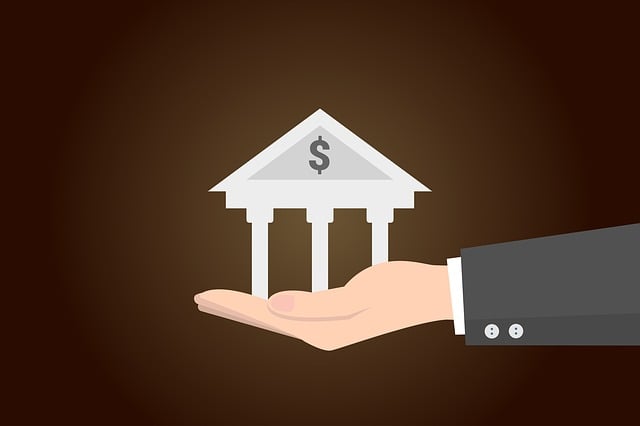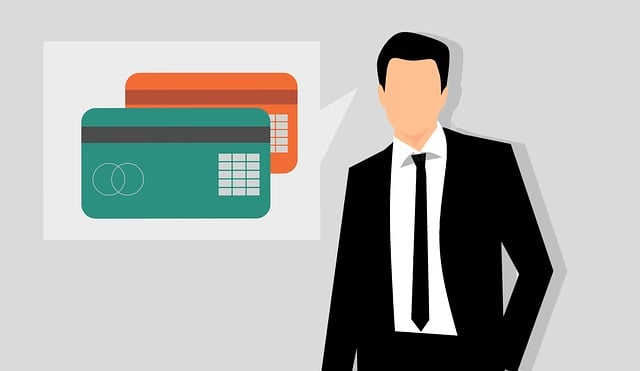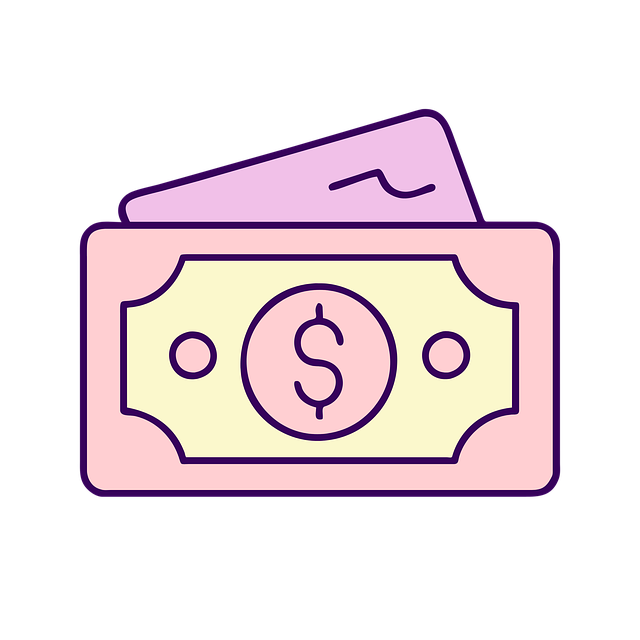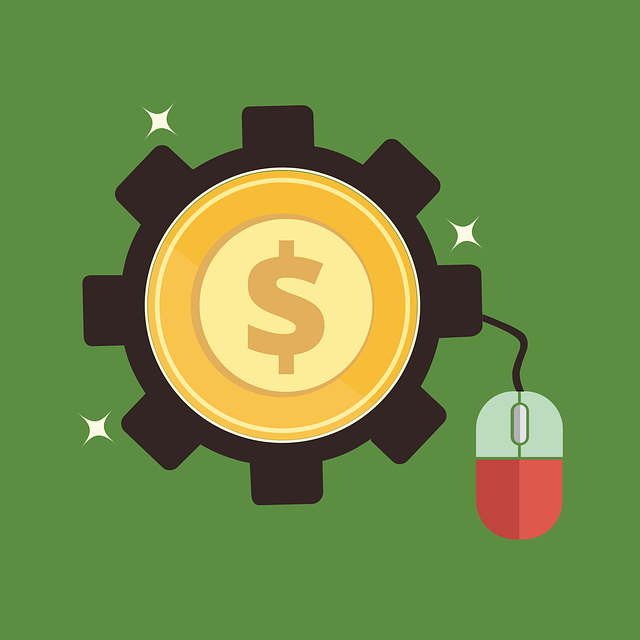Interest rates in equipment financing vary based on borrower profiles, loan terms, and market conditions. Fixed rates offer stability while variable rates can save money if market indices fall. Key factors influencing industrial machinery loan rates include equipment type, complexity, obsolescence, credit history, financial health, purpose, and repayment terms. Businesses should compare traditional banks and alternative lenders to find the best loan rates tailored to their needs and financial goals. Strategies for securing lower loan rates include maintaining a strong credit profile and shopping around for competitive terms.
“Unraveling the complexities of equipment financing is crucial for businesses seeking growth. In this comprehensive guide, we delve into the world of interest rates offered by leading lenders for industrial machinery. Understanding how these rates are determined is essential for making informed decisions. We explore factors influencing loan rates and provide a side-by-side comparison of top lenders’ offerings. Additionally, discover strategies to negotiate lower interest rates on your equipment loans, ensuring optimal financial outcomes in today’s competitive market.”
- Understanding Interest Rates in Equipment Financing
- Factors Influencing Loan Rates for Industrial Machinery
- Comparison of Top Lenders' Offerings
- Strategies to Secure Lower Interest Rates on Your Equipment Loan
Understanding Interest Rates in Equipment Financing

Interest rates play a pivotal role in equipment financing, impacting both lenders and borrowers. When considering a loan for business equipment, understanding these rates is essential. Equipment lenders typically offer various interest rate structures tailored to different borrower needs and risk profiles. These rates can be fixed or variable, depending on market conditions, the term of the loan, and the specific lender’s policies.
Fixed loan rates provide borrowers with consistent monthly payments throughout the life of the loan, offering predictability and budget stability. On the other hand, variable rates fluctuate based on market indices, allowing for potential savings if rates decrease but exposing borrowers to higher costs if they rise. Lenders often use creditworthiness assessments, equipment value, and intended usage to determine the applicable interest rate, ensuring a fair and competitive financing option for businesses seeking to acquire essential equipment.
Factors Influencing Loan Rates for Industrial Machinery

Several factors play a pivotal role in determining the loan rates for industrial machinery. One of the primary considerations is the type and complexity of the equipment being financed. Lenders assess the risk associated with different machinery, taking into account their potential for obsolescence, repair costs, and operational efficiency. For instance, specialized or cutting-edge technology often carries a higher interest rate due to the increased uncertainty in its long-term market value.
Another significant factor is the borrower’s credit history and financial health. Lenders carefully evaluate an individual or company’s credit score, debt-to-income ratio, and overall creditworthiness. Borrowers with robust financial records and low debt levels typically secure more favorable loan rates compared to those with less stable financial backgrounds. Additionally, the purpose of the loan, repayment term preferences, and the lender’s current market position also influence the final interest rate offered on industrial machinery loans.
Comparison of Top Lenders' Offerings

When it comes to financing equipment purchases, understanding the loan rates offered by different lenders is paramount for businesses. A quick comparison of top equipment financing institutions reveals a range of options, each with its own set of benefits and drawbacks. For instance, traditional banks often offer competitive loan rates, but their approval processes can be lengthy, requiring extensive documentation.
In contrast, alternative lenders, such as peer-to-peer platforms or specialized finance companies, tend to streamline the application process, providing faster approvals. However, these lenders may charge slightly higher loan rates due to different risk assessment methods and operational costs. Therefore, businesses should carefully evaluate their financial needs, time constraints, and long-term goals before selecting a lender based on the most suitable loan rate.
Strategies to Secure Lower Interest Rates on Your Equipment Loan

Securing lower interest rates on your equipment loan can be a strategic move for businesses looking to optimize their financial health. One effective approach is to build a strong credit profile. Lenders prefer borrowers with excellent credit history, so taking steps to improve or maintain your credit score can significantly enhance your loan prospects. This includes paying bills on time, keeping credit card balances low, and regularly reviewing your credit report for errors.
Another strategy involves shopping around for lenders. Leading equipment lenders often have competitive loan rates, but comparing offers from multiple institutions can yield even better results. Be prepared with specific details about the equipment you intend to purchase and your intended use. Lenders may offer lower rates or more favorable terms if they perceive your loan as low-risk, so being well-informed will empower you during negotiations.






